Features > Property News & Insights > Market updates
RBA keeps rates on hold, as doubts emerge about November easing
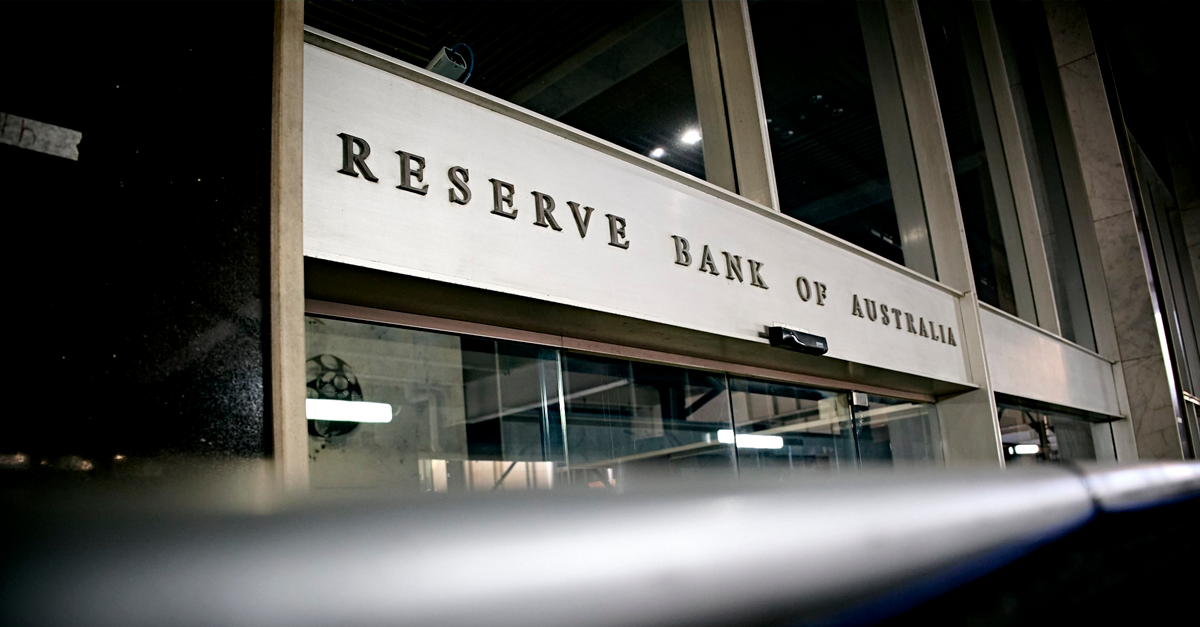
Image from AFR
KEY POINTS
- The RBA kept the cash rate on hold at 3.6% in its September meeting due to persistent housing and services inflation and a stronger-than-expected job market
- Governor Michele Bullock said the Board was adopting a “cautious” stance, with the next decision to come in November
- Many economists expect a November rate cut, but others argue further easing is premature, with financial markets pricing only a 45% chance of a November cut
In a move that was widely expected, the Reserve Bank of Australia has decided to leave the cash rate on hold at 3.6% at its September monetary policy meeting.
The committee won’t meet again until early November.
In the statement accompanying the decision, the RBA appeared to express concern that inflation may be more persistent than it had anticipated in some areas of the economy and that Australia’s jobs market is stronger than the central bank expected.
Analysts say these concerns cast a shadow over expectations of future rate cuts this year.
The details
As expected, the RBA’s monetary policy committee has left rates on hold at its September meeting.
The RBA says the decision by the nine-member panel was unanimous.
In the media release accompanying the decision, the committee notes that “both headline and trimmed mean inflation were within the 2–3% range in the June quarter,” but that “recent data, while partial and volatile, suggest that inflation in the September quarter may be higher than expected.”
The committee decided that “with signs that private demand is recovering, indications that inflation may be persistent in some areas and labour market conditions overall remaining stable, the Board decided that it was appropriate to maintain the cash rate at its current level.”
Later, at her post-meeting press conference, RBA Governor Michele Bullock gave more details about the central bank’s renewed inflation concerns.
“We've got two months now of the quarterly (inflation) number, and a couple of components - market services and housing inflation - were a little more higher than we're expecting,” she said.
“So we've just been a little bit cautious about that.
“I don't think it suggests that inflation is running away, but we just need to be a little bit cautious.”
Ms Bullock said the full effect of the three 0.25% rate cuts the bank has already delivered so far in this easing cycle (in February, May and August of 2025) has yet to be fully felt in the economy.
“We'll have more information available in November, and we're looking forward…we're trying to see where this might take us in terms of inflation and employment.
“So we'll make that decision in November about whether it's down again, or maybe it’s ‘hold’ again,” she said.
Financial services giant AMP is still expecting a November rate cut.
"The RBA has indicated that it will take a gradual and measured approach to easing interest rates which implies quarterly cuts,” says Chief Economist Shane Oliver.
“Since the August meeting, nothing has happened to change this.
“Underlying inflation is around target and economic growth is recovering gradually.”
Head of Economic and Market Research at Bendigo Bank, David Robertson, agrees.
He says the RBA is “awaiting further data on jobs and inflation, but should continue the easing cycle in November, maintaining the pace of quarterly cuts at a quarter of a percent."
However, there are plenty of analysts who believe talk of a potential rate cut in November is premature, with some even hinting that the next move in interest rates may be up.
Veteran financial writer and newspaper columnist Noel Whittaker is one of them.
"Inflation is not yet under control, and the government's initiative to ease the conditions on the first home buyer mortgage insurance scheme is going to cause another surge in (home) prices,” he says.
Peter Boehm from Pathfinder Consulting is in the same camp.
"With inflation ticking up, it would seem the RBA's last rate cut was premature,” he says.
Financial markets are also split, currently pricing in only about a 45% chance of a November rate cut.
Housing
My own view is that if you have been waiting on the sidelines for the RBA to lower interest rates further before attempting to purchase a property, you may be waiting a very long time.
Existing mortgage holders hoping for a lot more interest rate relief may also be sorely disappointed.
However, they can console themselves with the fact that the value of any property they hold is increasing, with the pace of home price growth picking up.
“There is a good chance that accelerating housing prices were also a feature of RBA discussions,” says Tim Lawless, Head of Research at Cotality.
“Since the first rate cut in February, housing markets around the country have seen a positive inflection, sending values 4.7% higher since the first cut of the cycle on February 18th, according to Cotality’s daily Home Value Index.”
“The gains can be seen across every capital city and rest of state region, reversing a softening trend in home values that was generally evident prior to February,” he says.
Ray White’s Chief Economist, Nerida Conisbee, also highlights the impact of the Federal government’s expanded First Home Guarantee scheme, with new price limits and the removal of income caps from October the 1st.
“We can definitely see it at the cheap end of the market - the more affordable end of the market - we are seeing much more accelerated price growth than the rest of the market.
“It's meant to help with affordability, but it is creating pressure primarily because we're not building enough homes at this point,” she says.
As for the outlook for more rate cuts?
ANZ’s Head of Australian Economics, Adam Boyton, thinks mortgage holders will be lucky if they see much more interest rate relief from the central bank, with ANZ tipping only one more cut in this easing cycle.
“The (RBA’s) post-meeting statement is a little more hawkish than we’d expected and heightens the risk evident after the August monthly CPI (inflation) indicator that the November meeting passes without a rate cut,” he says.
“Absent a ‘shock’, the tone of today’s post-meeting statement also suggests that we are quite close to the end of the easing cycle.”
Short version: it’s not going to get much better than this.
Stay Up to Date
with the Latest Australian Property News, Insights & Education.




.png?width=292&height=292&name=Copy%20Link%20(1).png)
 SIGN UP FOR FREE NEWSLETTER
SIGN UP FOR FREE NEWSLETTER

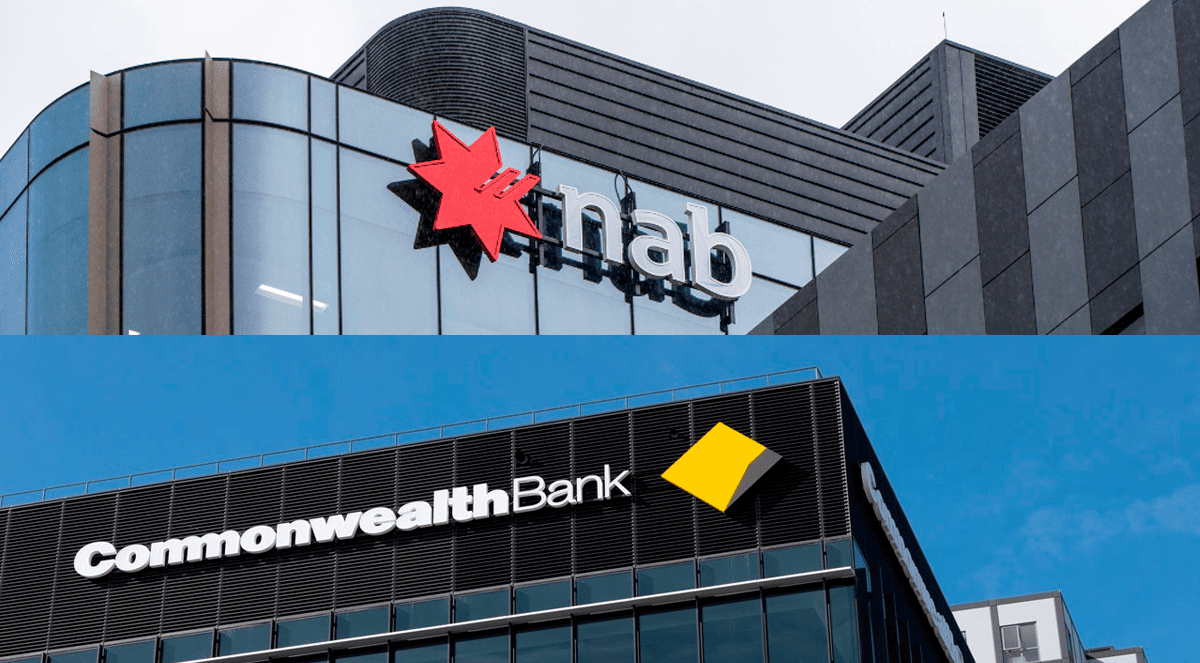
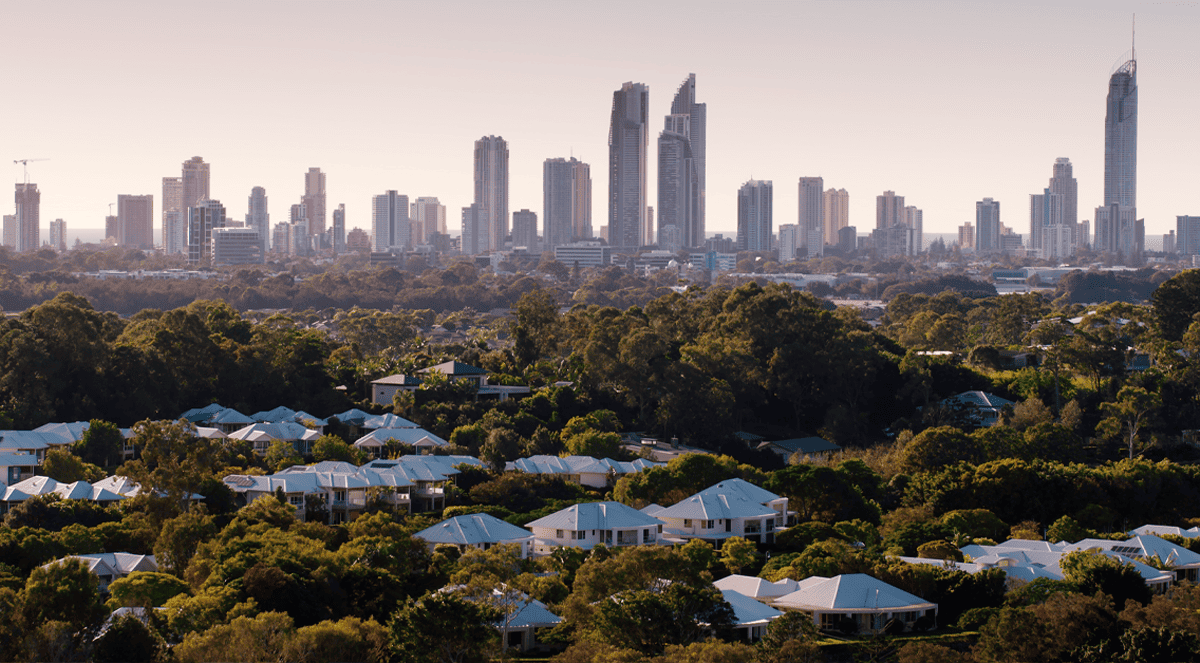
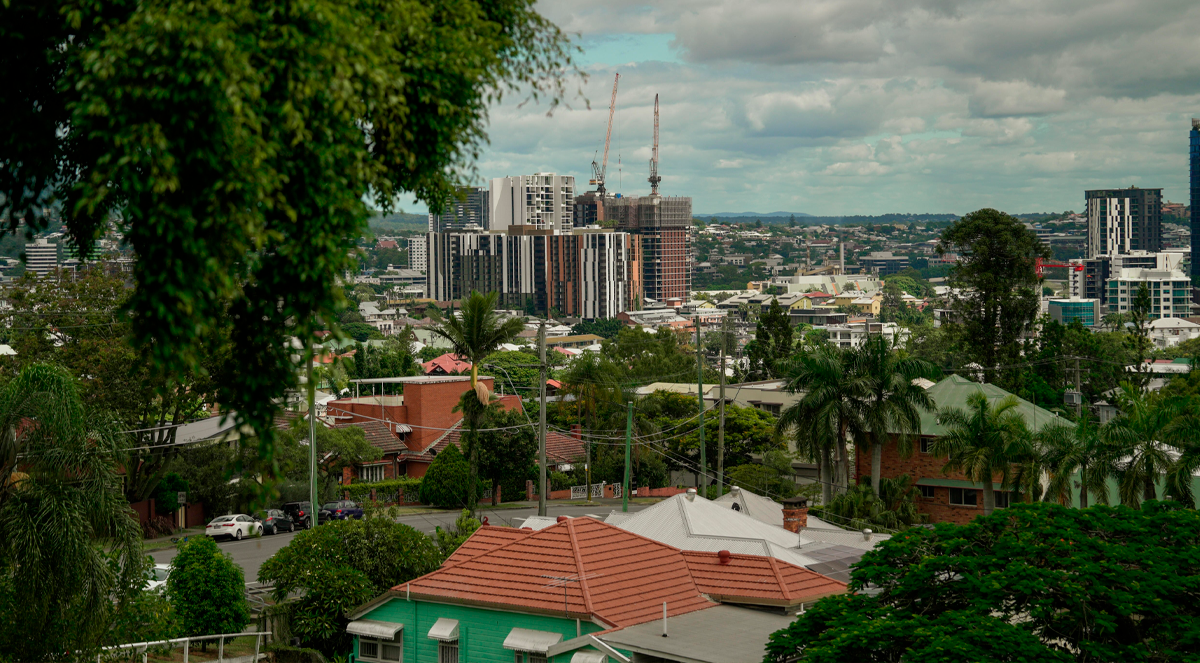
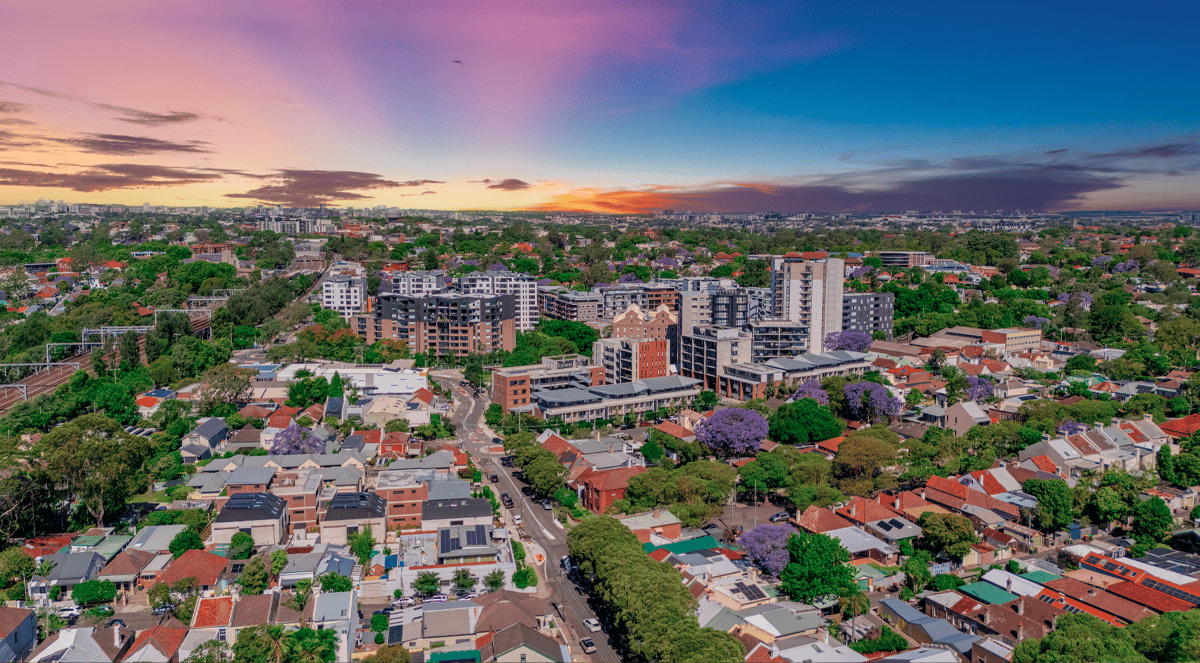
.jpg?width=1920&height=1080&name=Warning%2c%20You%20Might%20Be%20Facing%20Higher%20Taxes%20Soon%20(1).jpg)





.png?width=1920&height=1080&name=Rate%20Drops%20Signal%20BIGGEST%20Property%20Boom%20in%20DECADES%20(1).png)

.jpg?width=1920&height=1080&name=Labor%20vs%20Liberal%20These%20Housing%20Policies%20Could%20Change%20the%20Property%20Market%20Forever%20(1).jpg)
.jpg?width=1920&height=1080&name=QLD%20Slashes%20Stamp%20Duty%20Big%20News%20for%20Investors%20%26%20Home%20Buyers%20(1).jpg)
.jpg?width=1920&height=1080&name=Trump%20Just%20Slapped%20Tariffs%20%E2%80%93%20Here%E2%80%99s%20What%20It%20Means%20for%20Australia%20(1).jpg)
.jpg?width=1920&height=1080&name=Federal%20Budget%202025%20More%20Debt%2c%20No%20Housing%20%E2%80%93%20Here%E2%80%99s%20What%20You%20Need%20to%20Know%20(1).jpg)
.jpg?width=1920&height=1080&name=Australias%20Housing%20Crisis%20is%20about%20to%20get%20MUCH%20Worse%20(New%20Data%20Warns).jpg)
%20(1).jpg?width=1920&height=1080&name=Australias%20RENTAL%20CRISIS%20Hits%20ROCK%20BOTTOM!%20(2025%20Update)%20(1).jpg)
%20(1).png?width=1920&height=1080&name=Is%20Adelaide%20Still%20a%20Good%20Property%20Investment%20(2025%20UPDATE)%20(1).png)
.jpg?width=1920&height=1080&name=RBA%20Shocks%20with%20Rate%20Cuts!%20What%E2%80%99s%20Next%20for%20Property%20Investors%20(1).jpg)
%20(1).jpg?width=1920&height=1080&name=I%20Predict%20The%20Feb%20Rate%20Cut%20(My%20Price%20Growth%20Prediction)%20(1).jpg)
.png?width=1920&height=1080&name=Why%20Property%20Prices%20Will%20Rise%20in%202025%20Market%20Predictions%20(1).png)
.jpg?width=1920&height=1080&name=Why%20Investors%20Are%20Choosing%20Apartments%20Over%20Houses%202%20(1).jpg)
.jpg?width=1920&height=1080&name=Why%20Rate%20Cuts%20Will%20Trigger%20A%20Property%20Boom%20(1).jpg)
.jpg?width=1920&height=1080&name=Retire%20On%202Million%20With%20One%20Property%20(Using%20SMSF).jpg)
.jpg?width=1920&height=1080&name=4%20Reasons%20Why%20You%20Should%20Invest%20in%20Melbourne%20Now%20(1).jpg)
%20(1).jpg?width=1920&height=1080&name=Old%20Property%20vs%20New%20Property%20(Facts%20and%20Figures%20Revealed)%20(1).jpg)
%20(1).jpg?width=1920&height=1080&name=Will%20The%20New%20QLD%20Govt%20Create%20a%20Property%20Boom%20or%20Bust%20(My%20Prediction)%20(1).jpg)
%20Scott%20Kuru%20(1).jpg?width=1920&height=1080&name=Inflation%20Hits%20Three-Year%20Low%20(Will%20RBA%20Cut%20Rates%20Soon)%20Scott%20Kuru%20(1).jpg)
.jpg?width=1920&height=1080&name=How%20to%20Buy%20Investment%20Property%20Through%20SMSF_%20The%20Ultimate%20Guide%20(1).jpg)
.jpg?width=1920&height=1080&name=Victoria%20Slashes%20Stamp%20Duty%20Melbourne%20Set%20to%20Boom%20Scott%20Kuru%20(1).jpg)
.png?width=1571&height=861&name=Are%20Foreign%20Buyers%20Really%20Driving%20Up%20Australian%20Property%20Prices%20(1).png)
.jpg?width=1920&height=1080&name=The%20Single%20Factor%20That%20Predicts%20Property%20Growth%20Regions%20(1).jpg)
%20Scott%20Kuru%20(1).jpg?width=1920&height=1080&name=My%20Prediction%20On%20Rates%20%26%20Negative%20Gearing%20(Market%20Crash)%20Scott%20Kuru%20(1).jpg)

-1.png?width=1920&height=1080&name=Major%20Banks%20Cut%20Rates%20Will%20RBA%20Follow%20Suit%20(Sept%20Rate%20Update)-1.png)
%20Scott%20Kuru-1.png?width=1920&height=1080&name=Rate%20Cut%20Coming%20What%20New%20Zealands%20Move%20Means%20for%20Australia%20(Sept%20Prediction)%20Scott%20Kuru-1.png)
%20(1).jpg?width=1920&height=1080&name=Buy%20when%20the%20interest%20rates%20are%20high!%20(Why%20you%20must%20buy%20now!)%20(1).jpg)
.jpg?width=1920&height=1080&name=Carms_Revised%20Taxes%20Due%20Aug%209%20YT%20Thumbnail02%20(1).jpg)
.jpg?width=1920&height=1080&name=Carms_Too%20Little%20Too%20Late%20Aug%207%20YT%20Thumbnail01%20(1).jpg)









.jpg?width=1920&height=1080&name=Carms_Rate%20Drop%20In%20July%20Jun%2010%20YT%20Thumbnail02%20(1).jpg)
.jpg?width=1920&height=1080&name=Carms_Own%20a%20Property%20V6%20Jun%205_YT%20Thumbnail%20(1).jpg)









.png?width=1920&height=1080&name=Artboard%201%20(3).png)






.jpg?width=1920&height=1080&name=YT%20thumbnail%20%20(1).jpg)

